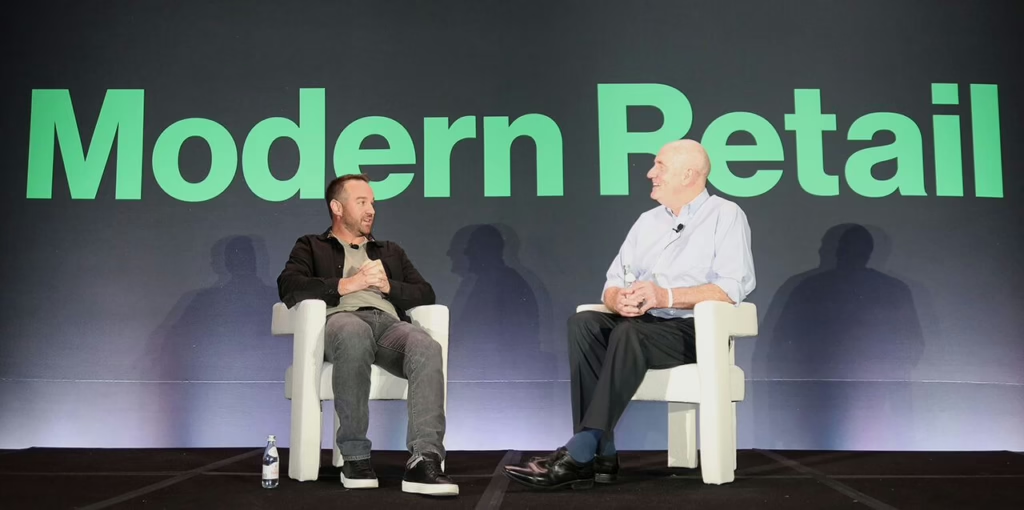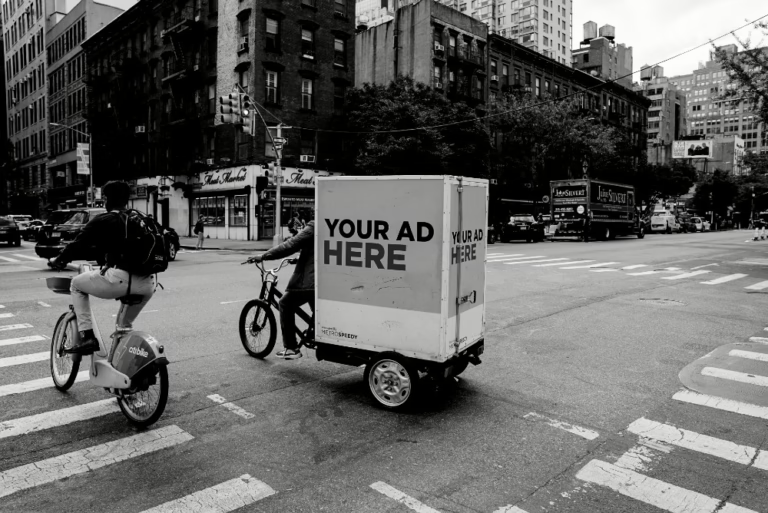At a recent event hosted by Modern Retail, Prescient AI CEO Mike True sat down with Joe McCambley, CMO of luxury mattress brand Saatva, to talk about how AI-powered marketing mix modeling (MMM) is fueling smarter decision-making and omnichannel growth. The conversation revealed how Saatva evolved from a search-focused DTC brand into a leading omnichannel player—and how embracing data-driven insights has changed the game across their marketing strategy.
Here are some of the highlights (edited for clarity and brevity):

Mike True: Saatva was an early leader in ecommerce. Can you talk about how the brand first found success?
Joe McCambley: When we launched in 2010, we were a search-only brand. Back then, most of the big mattress players hadn’t embraced ecommerce. With our robust site experience, we saw unfettered growth for the first five years or so. But by 2017, we were competing with over 250 bed-in-a-box brands that had flooded the market, driving up our CPCs. We knew we were over-dependent on search, but didn’t want to abandon it entirely. So, we leaned into affiliate marketing. It was a natural evolution from search—still performance-focused, but with a bit more room to build brand trust through partners.
Then COVID hit, and ecommerce boomed. We were in the right place at the right time. But we also saw what was coming: consumers would eventually go back to physical retail. So we started opening physical stores—and investing in upper-funnel channels like radio, podcasts, and eventually TV. That full-funnel approach has helped us grow while much of the industry has declined.
***
MT: You’ve mentioned that Saatva thinks about brand investment a little differently. How so?
JM: Most marketers see brand as a long-term play. We do too, but we had a hypothesis that if we could achieve excess share of voice (meaning: our share of voice was higher than our market share), we’d see an immediate bump in share of search. That turned out to be true. After launching TV in November 2022, our share of search spiked within a week.
The quick boost to search gave us the confidence to keep going, even before we saw revenue or market share lift. Within 60 days of starting TV, we saw lifts in awareness, preference, purchase intent, and market share.
Today, share of search is our most important KPI. If more people are searching for us, eventually more people will buy.
***
MT One thing we talked about early on was how you suspected TV was lifting other channels, but you couldn’t prove it. How did that lack of visibility impact your ability to scale?
JM: It was frustrating. We believed TV was helping search and affiliate, but we had no way to validate it. And at the same time, we were reducing paid search spend to fund TV—so when click rates and conversion rates went up, we didn’t know if it was due to TV or the search budget cut. Same thing with store sales. We knew they were rising, but we couldn’t tell if customers came from TV, the website, or affiliates. It made it really hard to make marginal investment decisions.
***
MT: After you started using Prescient, what changed?
JM: A lot. Here are three big ones:
- We had been focused on low-CPM linear TV to maximize impressions. But Prescient showed us that a mix of linear and streaming was far more effective—even if streaming costs more. That was humbling, because I had been firmly in the linear-only camp.
- We learned that our affiliate traffic was doing more than we thought. Some customers who first saw us on affiliate sites would visit a store but buy online to use the affiliate discount. That multi-touch interplay between TV, affiliate, and stores has been a huge unlock—and helped us strengthen those affiliate relationships.
- I cannot overstate the speed factor. We have stopped setting static annual budgets. With our previous MMM provider, we’d get updates every 4 months—often looking at data that was already 5 months old. With Prescient, we can adapt way more frequently. It’s not quite real-time, but it’s close. Our team always has access to the dashboard, and our Prescient analysts can hop on or off as necessary and answer questions quickly.
***
MT: You’ve said before that “halo effects” used to be like “dark matter” at Saatva. How did Prescient change the internal conversation around that?
JM: Totally. Before Prescient, we hoped halo effects were real, but we couldn’t prove it. We spoke about them, but without definitive proof they existed it was difficult to have any sort of rational conversation about them. We were hampered by the fact that we had been a performance-only brand for so long. We used to convince ourselves that search was “performance branding”—which is just not true.
It was hard to get people to believe that upper funnel spend could improve lower funnel results. How could you spend less on search but get better performance? But, the “halo effect” of our upper funnel spend was crystal clear within a week of starting our TV journey. Once that happened, the entire leadership team started to believe, and we began actively looking for halo effects.
We discovered that return on YouTube spend didn’t look great in platform metrics, but its effects on phone and store sales were strong. We went from disbelieving any data from Meta to seeing that it was actually, directionally sound.
Basically, we stopped thinking in silos. It’s not about which channel “wins”—it’s about how they work together. If you’re only looking at what each channel does in isolation, you’re missing the bigger picture. They are almost always much more powerful in combination. Once we understood that, everything changed—from how we spend, to how we report, to how we talk to our board.
***
MT: What’s next for Saatva’s growth story?
JM: Now that we understand what channel combinations work best, we’re a lot more confident. Our business is still dynamic, but it’s no longer unpredictable. The last few years have been a data and analytics revolution for us. The next few will be a creative revolution. Now that we understand where our most valuable impressions happen, we can tell better stories in those moments. The goal is to make every impression work harder by making it more meaningful.


